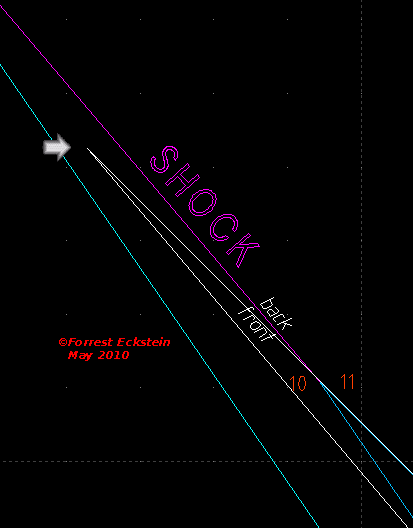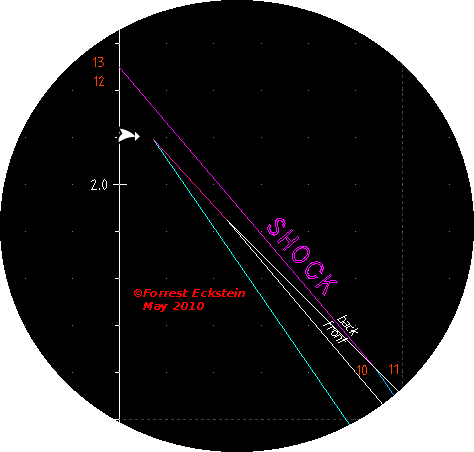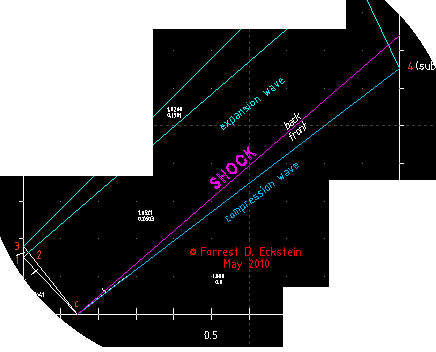You seem to have assumed that the second wave, the one that reflected of the end wall / valve plate, will continue to catch up with the first wave after they are reflected from the open end of the tail pipe.

I suspect that it will in fact start to fall behind.

Whilst they are travelling towards the open end both gasses are travelling 'with the wind', with the mass flow of gas. After the turnaround they will be travelling into the wind, but the second wave will be travelling into a slightly faster wind. The first wave speeds up the out flow of gas as it starts its first inward journey.

This difference in speed of the two waves will be further increased at the valve end because the second wave will have more cold air to pass through.

So to get resonance you will need for both waves to arrive back at the point that they started at having travelled exactly twice the length of the tube.
i could be be compleatly wrong

i often am













